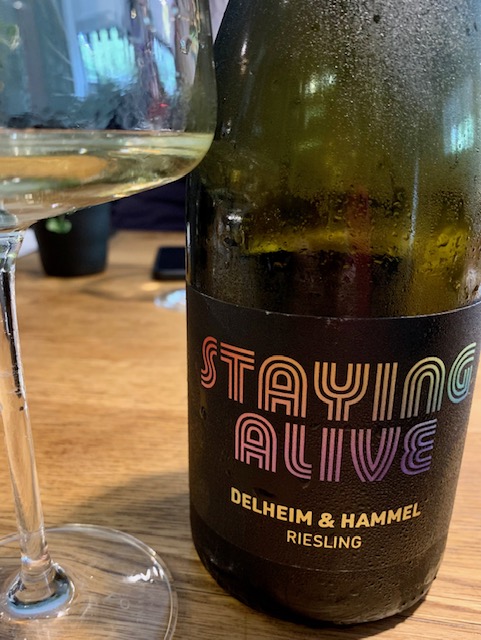Riesling champions
How easy it would be for winemakers to stick to the Big Five: chenin blanc, sauvignon blanc, chardonnay, cabernet and shiraz. A mind-shift change, growing confidence and enthusiasm ensure they are breaking those bounds. Exploring other varieties is a pursuit of an increasing number of winemakers.
Given South Africa’s association with sun-filled summers, cool-climate loving riesling might seem an unlikely variety to pursue. When assembling a comprehensive riesling tasting two years ago, it came as a surprise to learn there were 36 producers making the most of the then 126 ha (an area now reduced to 119 ha).
Elgin, with its own cool climate, claims the majority of vines and producers, even if some of the rieslings are occasional bottlings, but Stellenbosch is also enthusiastically mastering the variety in its own cooler spots. Current producers of dry or off-dry styles in that region are Hartenberg, Jordan, Neethlingshof, Remhoogte, Thelema and van Wyk. Until now, Delheim has produced only its celebrated, Old Vine Noble Late Harvest Edelspatz.
Early in March, a dry version was added. Nothing too unusual about that, except it was made in conjunction with a German, Christoph Hammel, ninth-generation winemaker at the family property in the Pfalz, where he crafts some excellent rieslings. This collaboration between Christoph and the Sperling family revives a relationship started in the 1980s, when Christoph worked with Delheim’s late patriarch, Spatz Sperling.
An invitation from Victor and Nora Sperling Thiel, Spatz’s children and co-owners of Delheim, to collaborate on a riesling project, was rapidly accepted. That a well-known German, skilled in the variety, agreed to make a drier-style, says much for his enthusiasm for challenges and belief in the possibility of producing quality riesling in South Africa.
A younger vineyard planted in 2007 provided the grapes. The Simonsberg end of Stellenbosch is warmer than the Helderberg, which is closer to the ocean, but altitude can make a big difference. Grown between 320m and 340m on the Simonsberg, this rising enjoys the benefits of this cooler site.
Christoph and Delheim’s Cellarmster, Roelof Lotriet were responsible for directing vinification; their goal, something distinctive and South African.
Many local riesling producers ferment their wine naturally, without inoculation; the Hammel/Delheim wine was inoculated but with a very special yeast. Known as 1895C, this was originally isolated from wine residue left over from a Swiss wine made in 1895! Skin contact, holding the juice at 2C for six weeks, fermentation and sur lie ageing in concrete eggs, as well as new and used oak were among methods used to achieve such distinction.
The major visible difference is the label; its design and the wine’s name, Staying Alive. In this context, the name reflects an achievement for riesling in South Africa; it’s one of the world’s greatest white varieties, decreasing in quantity here but still making some wonderful wines. As Victor Sperling also notes; ‘Staying Alive underscores the importance of family-owned wineries; ours, third generation and Christoph’s ninth.’

The retro label and the Burgundy-shaped bottle further announce the wine’s individuality. Such retro appearance is fashionable in Germany. Hopefully, it and the wine will encourage the Germans’ curiosity, as at least half the production is destined for that country.
If Germans and South Africans get a taste for our rieslings, maybe we’ll see that vineyard area again increase.
- Blog by Angela Lloyd